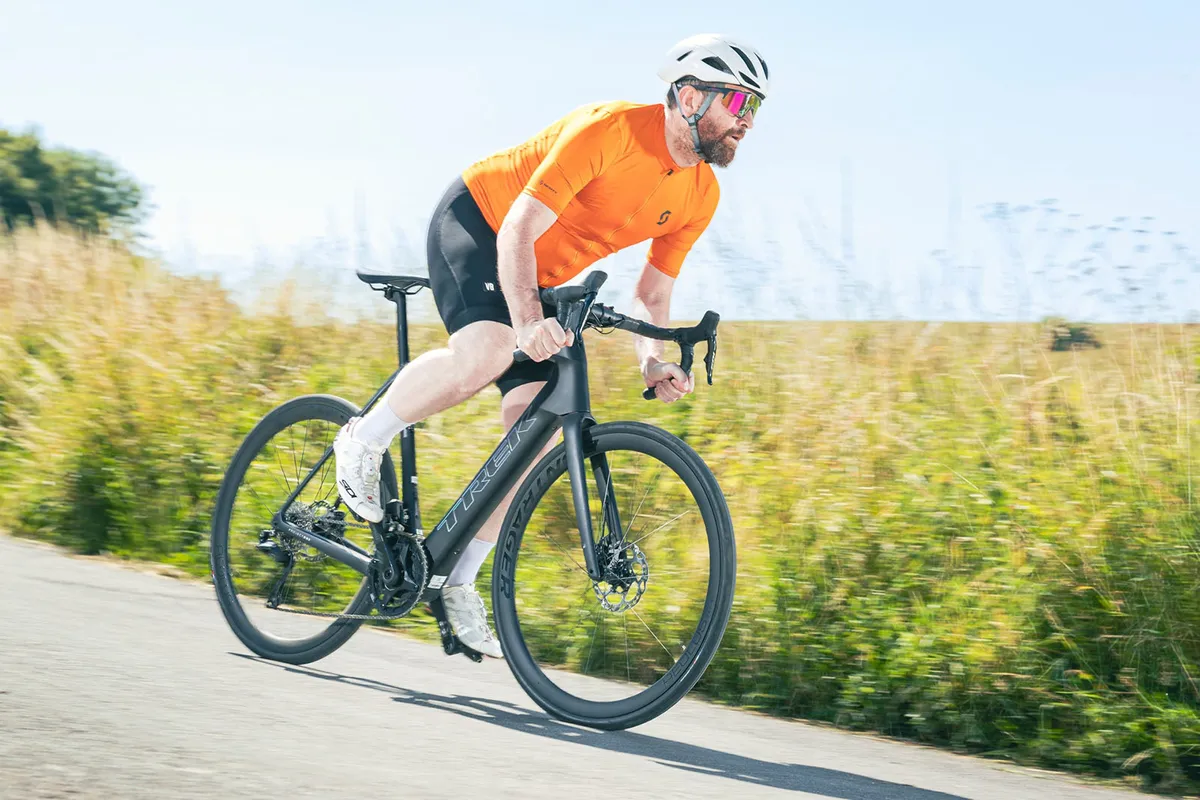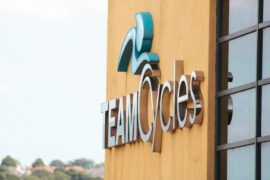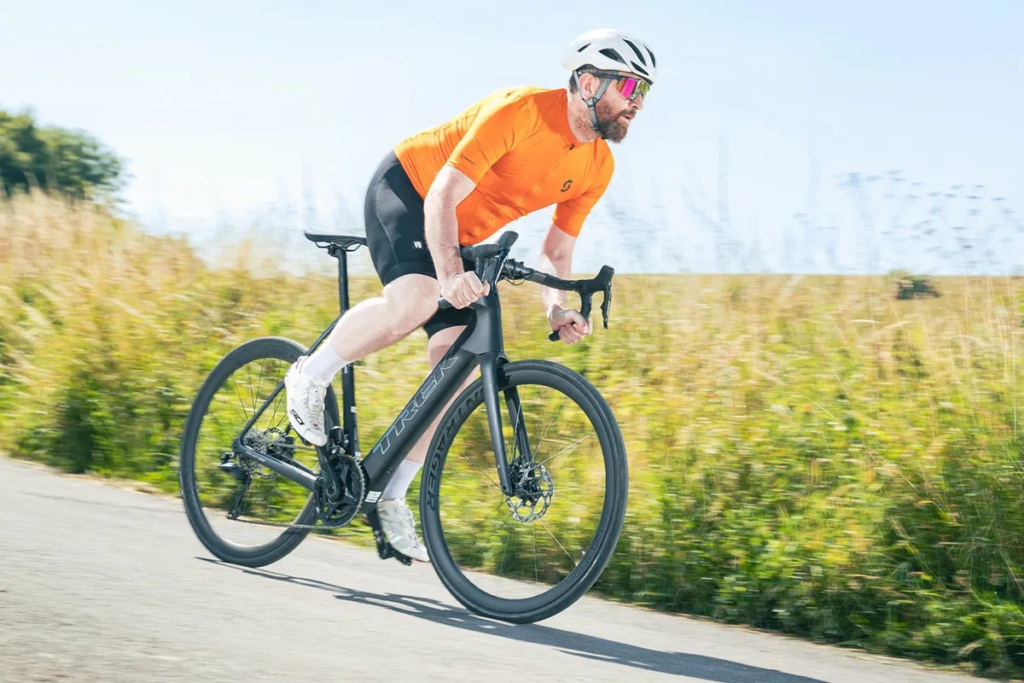
In recent years, electric bikes (e-bikes) have taken the world of cycling by storm, offering a green and healthy alternative to traditional transportation. With models on our books such as the ever so popular TREK Rail electric mountain bike, the hybrid Dual Sport+, the Domane+ electric road bike, and the Fetch+ Cargo Bikes, e-bikes have evolved to cater to various preferences and needs. In this blog, we’ll explore how electric bikes are contributing to a sustainable future, promoting health and well-being, and compare our featured TREK models based on key factors.
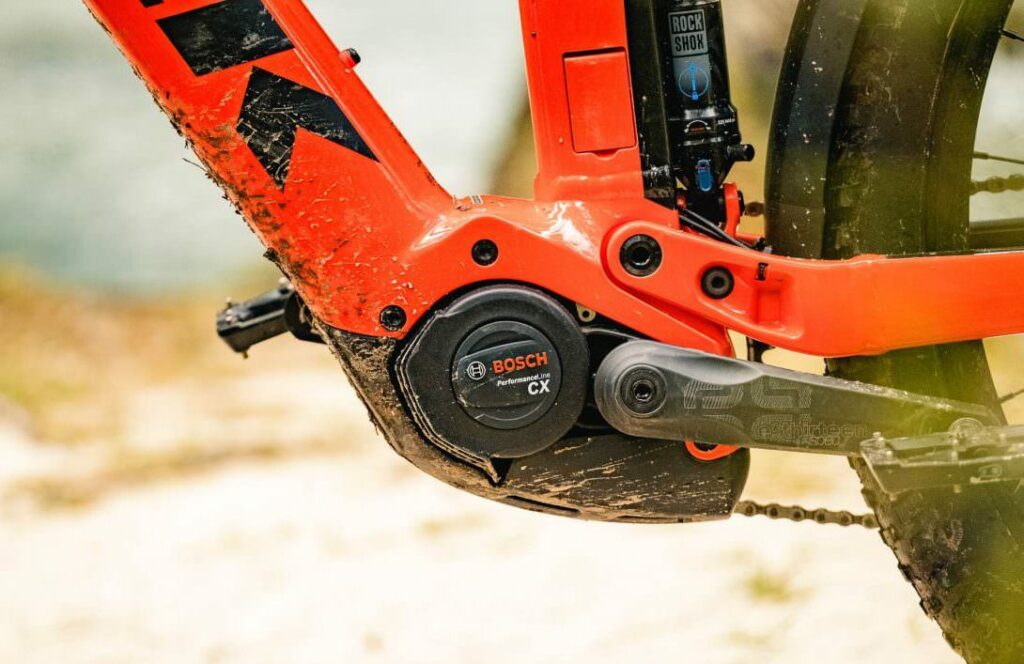
- Environmentally Friendly Commuting: Electric bikes are hailed as an eco-friendly mode of transportation, emitting significantly fewer greenhouse gases compared to traditional vehicles. The TREK e-bike models are designed with sustainability in mind, featuring efficient electric motors that reduce reliance on fossil fuels. By choosing an electric bike over a car, you contribute to lowering air pollution and reducing your carbon footprint.
- Health Benefits with Pedal Assist: Contrary to misconceptions, e-bikes offer health benefits without being a daunting physical challenge. The pedal assist motor found in models like the TREK Powerfly and Dual Sport+ provides a boost when navigating challenging terrains, making uphill climbs more manageable. This pedal-assist feature encourages individuals to incorporate cycling into their daily routines, promoting cardiovascular health without the strain of a traditional bike.
- Cost-Effective Maintenance: Yearly maintenance costs for e-bikes are significantly lower than those for cars or public transport. With fewer complex components, TREK e-bikes, such as the Rail and Fuel EX-e, require minimal upkeep. Routine checks on brakes, tires, and the electric motor are typically all that’s needed. This not only saves money but also reduces the environmental impact associated with manufacturing and disposing of car parts.
- Charging Costs and Infrastructure: Charging an electric bike is cost-effective and convenient. The price for a full charge varies, but on average, it’s significantly lower than refueling a car. TREK e-bikes can be charged using standard electrical outlets, and the charging time depends on the battery capacity. For instance, the Powerfly with a higher battery capacity might take a bit longer to charge but offers extended range.
- Cyclescheme Options: Cycling to work becomes even more accessible with cyclescheme options. Employers can provide employees with tax-free bikes, including e-bikes, promoting a healthier lifestyle and reducing congestion. TREK e-bikes like the Domane+ and Fetch+ are ideal candidates for such schemes, catering to various commuting needs.
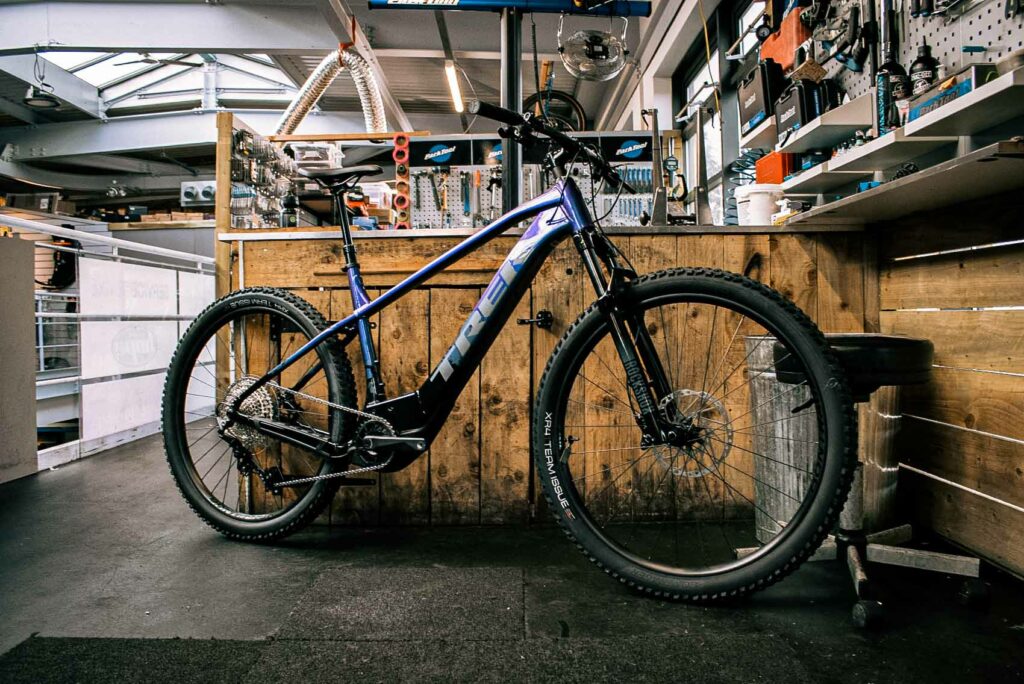
Comparing TREK E-Bike Models:
- Price Point: The TREK Rail, with its robust features, tends to be on the higher end of the price spectrum, while the Dual Sport+ and the new Marlin+ offers a more budget-friendly option.
- Battery Capacity: Models like the Powerfly and Fuel EX-e boast larger battery capacities, providing longer ranges for those who need extended rides.
- Weight: The weight of e-bikes varies, with the Fetch+ being designed for cargo and having a higher weight compared to the more agile Domane+.
- Style of Riding: The TREK Domane+ is designed for road cycling, while the Powerfly and Dual Sport+ cater to off-road adventures. The Rail and Fuel EX-e are versatile options for various terrains.
Investing in an electric bike like those offered by TREK is not just a mode of transportation; it’s a commitment to a healthier lifestyle and a greener planet. Whether you’re navigating city streets, conquering mountain trails, or simply commuting to work, the TREK Rail, Fuel EX-e, Powerfly, Dual Sport+, Domane+, and Fetch+ have something to offer for everyone, blending sustainability, health, and convenience in a single ride.
